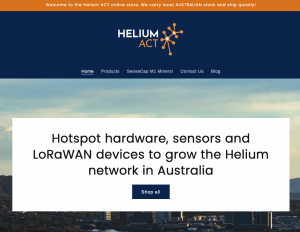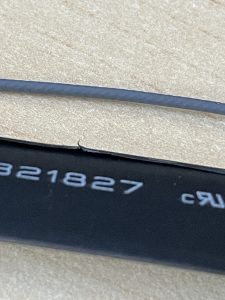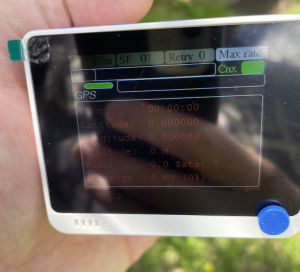COMING SOON
Have you checked and qualified your LoRaWAN Helium Hotspot coverage? Do you want to understand the the difference between different Antenna dbi and coax cable loss deployments?
Running a technical study on-site before choosing your solution, with radio mapping and antenna analysis, is an economic way to ensure the success of your Helium hotspot positioning and optimisation of your antenna and coax cable choice.
Benefit from analysis & tests of your planned deployments – organise a field test visit
Goal: Make sure that deploying a hotspot with a good quality of service is possible in your chosen specified area
Context:
- Large areas with various types of building at various heights may impact the reach of a hotspot
- Dense woodlands, water areas and hills affect the propagation of the LoRa signal
Challenge: Find the best locations to install the hotspot to provide the best quality of service to IoT sensors and projects whilst achieving a higher probability of successful proof of coverage via the Helium network
Network coverage
Goal: Validate the positioning of the hotspot
- Thanks to the use of a field test device we check the quality of the coverage on specific locations allowing you to make an informed decision before committing to a large investment
- The reception quality (network coverage) is analysed at each point (RSSI, SNR, GPS) in order to validate the positioning of the hotspot
Hotspot component optimisation
Goal: Validate the optimum antenna selection [3dBi, 4dBi, 6dBi and where available 9dBi] and test the end-to-end coax cable run
- Using an antenna analyser we check the sensitivity of your coax cable and antenna selection in location
- The sensitivity of your coax cable run and antenna is able to be analysed at various heights from 1.2m through to 3.2m from a level base validating the optimum height for your antenna
Want more? – Order an Analysis and Recommendations Report
The analysis report records the data of all measurements taken point by point, with a summary for each measured area.
In conducting a number of different tests with different spreading factors, we are able to show what level of redundancy there is available and what size LoRa packets have the most success. Where there is some LoRaWAN coverage a field test may be able to offer insights into the location black spots and/or potential vacant areas with a higher probability of connection to established Helium hotspots.
It concludes with recommendations for hotspot component optimisation and suggestions for positions on your site, and the surrounding area that provide a higher success rate in meeting the Helium networks’s Proof of Coverage (PoC) requirements.







